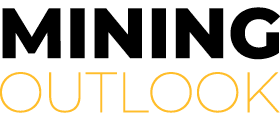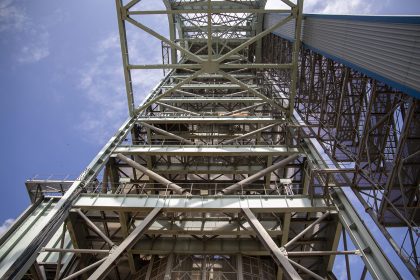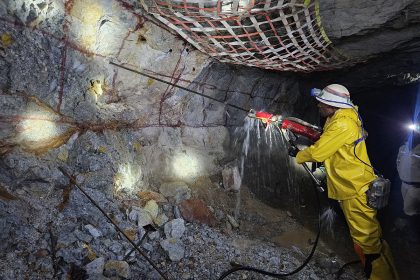As it seeks to establish itself a first-choice investment destination, Indonesia’s mining sector is collaborating with foreign investors to leverage the nation’s vast reserves of nickel, gold, coal, and copper.
SPOTLIGHT ON INDONESIAN MINING
Benefitting from abundant natural reserves of critical minerals, Indonesia’s geological condition, coupled with a fast-growing economy, has seen it emerge as the ideal environment for mining investment in recent years.
As the world’s largest producer of nickel, the nation finds itself at the vanguard of the electric vehicle (EV) revolution, with nickel-rich cathodes favoured for their ability to store more energy in EV batteries.
Indonesia is also amongst the top seven gold-producing nations and boasts the sixth-largest coal reserves in the world, presenting itself as a reliable and trustworthy mining investment destination – particularly in times of socioeconomic instability elsewhere across the globe.
In addition, as the home of the Grasberg mine – one of the largest reserves of copper in the world – the country is a major supplier of the metal. This has become particularly prevalent as demand for copper continues to rise due to its use in green energy infrastructure such as wind turbines and solar panels.
Beyond these staple critical minerals, Indonesia produces significant amounts of tin, bauxite, manganese, lithium, and cobalt, each of which creates diverse investment opportunities in mining and mineral processing.
To capitalise on the nation’s unique position, Indonesian President, Prabowo Subianto, is actively inviting foreign investors – particularly from the Pacific region – to participate in Indonesia’s mining sector as it looks to raise over USD$600 billion for the mining and downstream industries by 2040.
To achieve this ambitious goal, the government invites investors to explore opportunities in directly supporting individual mining projects, alongside investing in technology and services, downstream processing and refining, and renewable energy.
Going forwards, having relaxed foreign ownership and divestment regulations in 2021 to encourage increased international participation in the sector, the Indonesian government hopes to establish strong local partnerships with foreign investors, navigating the market collaboratively to take advantage of long-term opportunities.
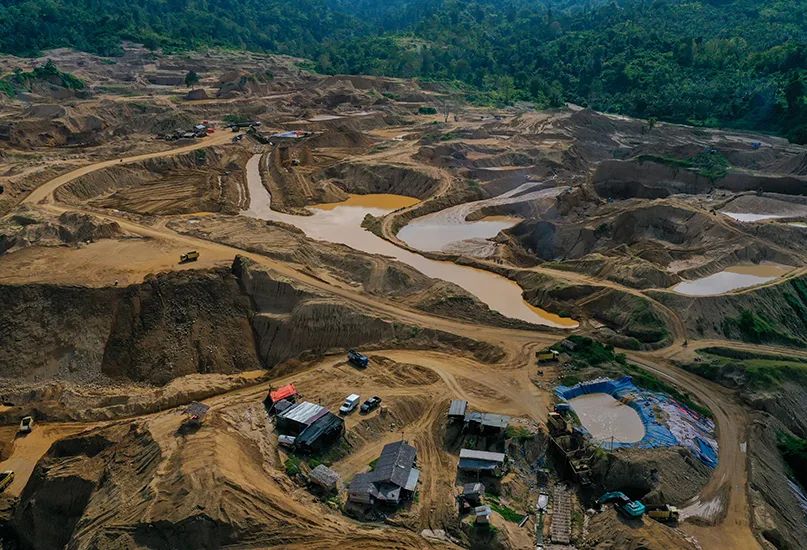
Q&A WITH THE INDONESIAN MINING ASSOCIATION
We hear from Hendra Sinadia, Executive Director of the Indonesian Mining Association, who discusses the organisation’s role in supporting government policy to advance the Indonesian mining industry whilst actively advocating for its members.
Firstly, could you talk us through the origins and primary goals of the Indonesian Mining Association?
Hendra Sinadia, Executive Director (HS): As the voice of the Indonesian mining industry and a key partner to the Government of Indonesia, the primary goals of the Indonesian Mining Association (IMA) are to support sustainable mining in Indonesia and promote the nation as a stable investment destination.
IMA was founded 50 years ago on 29th May 1975. At the time, co-founders of the association included state-owned mining enterprises PT Bukit Asam Tbk (PTBA), which deals in coal; PT Aneka Tambang Tbk (ANTAM), which deals in nickel and gold; PT Timah Tbk, which deals in tin; and foreign investment enterprises like PT Freeport Indonesia, which deals in copper and gold, and PT International Nickel Indonesia (INCO), which deals in nickel.
The association then expanded its membership to include not only mining companies but those that support the mining industry. The latter have since been categorised as associate members and include mining contractors, surveyors, traders, consultants, and suppliers.
Today, IMA has more than 90 members – 32 of which are primary members – and 60 associates.
What is your take on Indonesia’s mining landscape, and how have you seen it evolve? Would you say it’s currently particularly exciting or challenging?
HS: Indeed, Indonesia’s mining industry is currently both exciting and challenging.
It’s exciting because Indonesia is a country blessed with rich mineral potential and huge renewable energy sources which means, in an era of energy transition, we have the advantage of being able to feed a growing demand for critical minerals both locally and globally.
Indonesia is amongst the primary producing and exporting countries for critical minerals such as nickel, copper, and tin. In addition, we have relatively large thermal coal reserves that can cater to strong demand from Asia.
On top of that, mining has been one of Indonesia’s primary revenue contributors and plays an important role in both regional and national development.
However, challenges have arisen, with mining becoming increasingly perceived in a negative light – despite the important contribution the industry makes to the nation’s economy.
Therefore, the role of IMA in particular is to challenge this perspective and navigate how best to advocate to government and large stakeholders for the benefits of mining.
“Indonesia is amongst the primary producing and exporting countries for critical minerals such as nickel, copper, and tin. In addition, we have relatively large thermal coal reserves that can cater to strong demand from Asia”
Hendra Sinadia, Executive Director, Indonesian Mining Association
How do you support the collective interests of your members by organising lectures, seminars, and training activities?
HS: As an association, IMA is a key partner to the government. Our primary role is to represent individual members and, in some cases, the whole mining industry when it comes to dealing with policy and regulatory issues.
In addition, we organise activities that benefit our members and the association itself. For example, we oversee members-only meetings on areas of interest such as legalities, taxation, human capital, corporate social responsibility (CSR), the environment, forestry, marketing, downstreaming, and the energy transition, to name a few.
Across the organisation, we have established committees to deal with such issues, headed up by mining professionals proposed by our members and approved by the board.
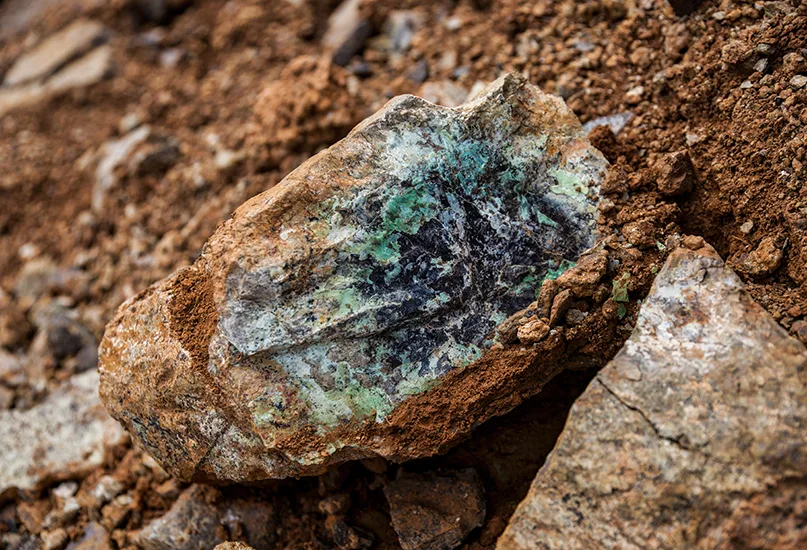
As an association that serves as a link between government and the mining industry, how extensively is IMA involved in contributing to policy and regulatory frameworks which may affect Indonesia’s mining landscape?
HS: As a partner to the government, we actively participate and provide constructive inputs in discussions surrounding policy and regulation.
As mining is intrinsically interconnected with other key sectors, we are often dealing with various government institutions – including institutions at local levels – at once.
The primary ministry we deal with is, of course, the Ministry of Energy and Mineral Resources. Then, there are other important ministries such as the Ministry of Finance, Ministry of Environment, Ministry of Forestry, Ministry of Trade, Ministry of Industry, and Ministry of Investment and Downstream Industry, amongst others.
In dealing with policy and regulatory issues, in some cases, the government seeks our input at the initial stage of the policy and regulation drafting process. In this case, we internally consult our members and devise proposals before ultimately accepting regulations issued by government.
We are also actively voicing our perspective in public discussions, including media interviews and internal media, on policy and regulation.
Furthermore, IMA attends invitations from universities and educational institutions across the nation, advocating to students on the benefits afforded by the mining industry.
We also participate in discussions surrounding mining-related issues organised by civil society organisations.
How has the Indonesian mining industry demonstrated resilience in the face of adversity, such as the recent decline in exports caused by a government-mandated coal reference price?
HS: Our government has proposed a coal reference price, known as Harga Batubara Acuan (HBA), for all coal export transactions. The government is aiming for more potential state revenue contribution on royalty payments from coal export transactions as the country is the world’s largest thermal coal exporter so far.
IMA has provided input to government on the issue of HBA, having delivered an assessment on the potential impact of the policy if implemented. We informed the government that it is not easy to convince buyers to refer to HBA for transactions as most buyers prefer index-linked coal prices.
Of course, as a partner to the government, we ultimately accept all policies and regulations issued and encourage our members to comply. However, we expect the government to consider applying flexibilities given the market dynamics.
We are proud of the compliance demonstrated by our members, despite the challenges and impacts presented by some policies and regulations.
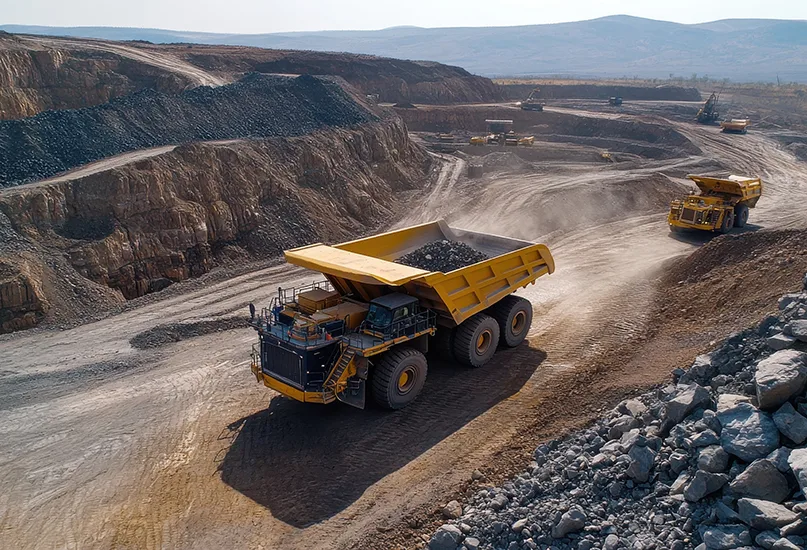
Finally, what are IMA’s key priorities for the future, and how do you see Indonesia’s mining landscape evolving in coming years?
HS: Our main priority is to support government programmes.
In the new administration, under the leadership of President, Prabowo Subianto, the role of mining has become increasingly important.
For example, mining supports the government in ensuring national energy resilience and boosts domestic industry through mineral downstreaming, particularly for members of the Association of Southeast Asian Nations (ASEAN). IMA provides constructive input to the government in this context.
In addition, from July 2024 to the end of December 2026, IMA will host and manage the Secretariat of the ASEAN Federation of Mining Associations (AFMA), whose members comprise national mining associations from Malaysia, Thailand, Philippines, Myanmar, Cambodia, and Laos.
As a founding member of AFMA, IMA is a partner to the ASEAN Secretariat, and our role is to support them in marketing the region as a sustainable mining investment destination. In this way, we support intra-trade and investment in the region.
